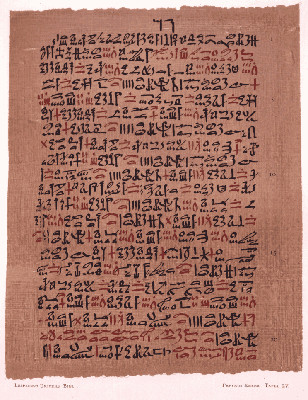The Origins of Medicine
The Origins Series: Tracing Every Subject Back to the Truth. A complete timeline of how every field of knowledge began, evolved, was manipulated, and how it connects back to divine order. ARTICLE#4
From Ancient Remedies to Scientific Healing: How Humanity Learned to Heal
The First Healers: Nature and Necessity
Long before hospitals, white coats, or surgical instruments, healing was part of survival.
The earliest humans learned from the world around them: the soothing of cool water on a burn, the calming effect of certain plants, the pressure that stopped a wound from bleeding. These lessons weren’t written in books, they were carved into memory, passed down from mother to child, from elder to youth.
Healing began as a sacred trust between humanity and nature.
By observation, trial, and sometimes tragedy, early societies built the first body of medical knowledge: a mixture of practical remedies, spiritual rituals, and intuition about life and death.
The Birth of Early Medical Systems
Mesopotamia (Sumer, Akkad, Babylon)
Medicine was a balance of physical treatment and spiritual healing. Sumerians recorded herbal remedies on clay tablets as early as 2100 BCE.[1] Illness was often seen as punishment from the gods. Healing required both prayers and ointments. They also introduced early diagnostic practices based on symptoms and combined plant-based medicine with spiritual incantations, making it one of the earliest known holistic approaches.
Ancient Egypt
Egyptians were the first to introduce diagnostic techniques and surgical procedures that would influence medical practices for centuries. The Ebers Papyrus (c. 1550 BCE) documents hundreds of treatments for wounds, infections, and internal diseases.[2] They believed in both physical and spiritual causes, treating the body and the soul.
While their surgical methods were often basic, focusing on wound closure, splints, and antiseptics like honey, they deserve credit for being among the first known practitioners of surgical procedures, long before the term “surgery” even existed. They also developed early prosthetics and practiced dentistry, showing a detailed anatomical understanding.
Indus Valley Civilization
Evidence suggests a deep focus on sanitation. Public baths, sewage systems, and clean drinking water were all signs of a society that prioritized health centuries before modern plumbing existed. [3]
Healing here was holistic: diet, exercise, herbal medicine, and spiritual balance.
One of the most revolutionary medical texts in history, the Sushruta Samhita (c. 600 BCE), came from this land. Sushruta, one of the world’s earliest known surgeons didn’t just perform surgeries, he wrote them down with surgical precision. Cataract removals, hernia repairs, even nose reconstructions (rhinoplasty) were documented step-by-step.
Ancient India also used sharp surgical instruments, including early forms of surgical needles, scalpels, forceps, and probes. These were not acupuncture needles for energy flow like in China, but real tools used for cutting, stitching, and operating on the human body. Their use of anesthesia, bone setting, and even organ operations shows how far ahead they were in real, hands-on surgery.
India deserves full credit for systematizing surgical medicine, long before it reached other parts of the world. Sushruta’s contributions laid a foundation that many would later borrow from, often without giving credit.
Ancient China
In China, medicine took a different but equally remarkable path.
Instead of surgery, early Chinese healers focused on energy balance within the body, based on the concepts of yin and yang and the flow of qi (life force). Their goal wasn’t to cut into the body, but to rebalance it from within.
That’s where acupuncture was born. As early as the Shang Dynasty (c. 1600 BCE), the Chinese invented needle-based healing using tools made from stone, bone, and eventually bronze. These weren’t surgical needles for stitches or cuts. They were inserted at energy points to realign the body’s internal flow and promote healing without opening the skin.
This made China the first civilization to introduce a full-body needle therapy system, one that didn’t rely on surgery or anatomy, but on energy and balance.
They also pioneered pulse diagnosis, herbal formulas tailored to each patient, and early models of preventative medicine, reminding us that not all healing comes through cutting or medication. Sometimes, it comes through harmony.
Keep reading with a 7-day free trial
Subscribe to VEINS OF TRUTH to keep reading this post and get 7 days of free access to the full post archives.





